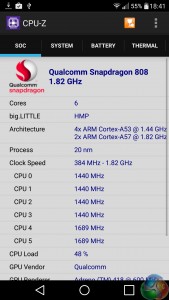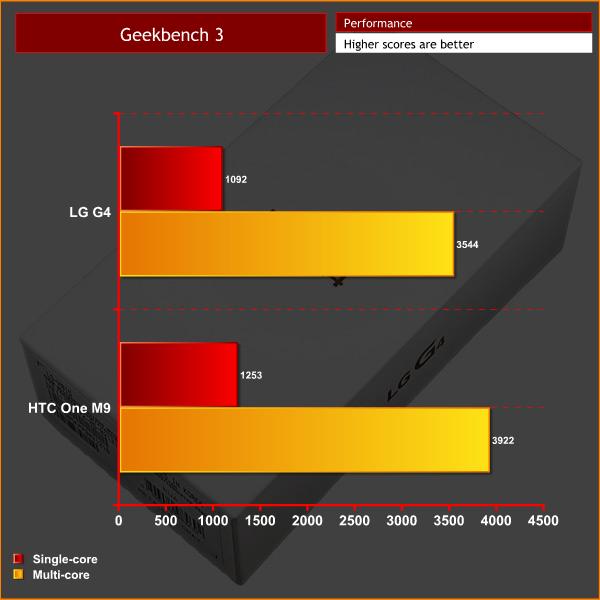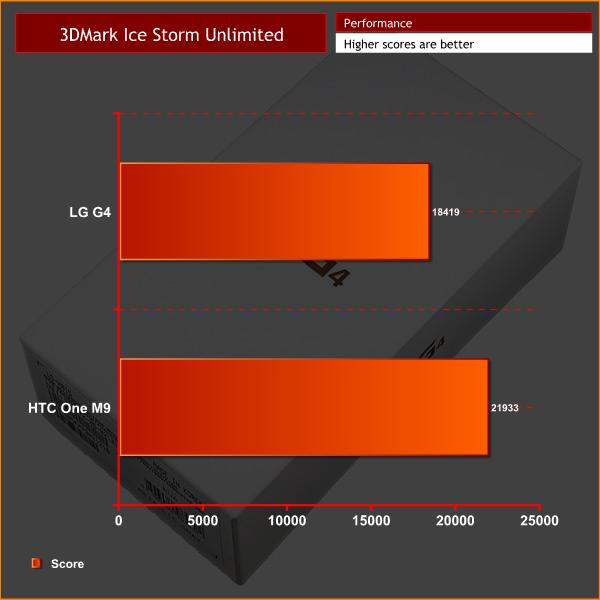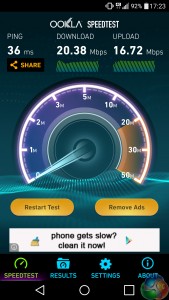
In the build up to the release of the LG G4, much was made of the decision to use a Snapdragon 808 processor, rather than the latest Snapdragon 810 CPU. Supposedly LG opted for the 808 before any heat issues with the 810 unit emerged. I do not buy this for a second, but I would rather have a slightly less powerful CPU than one that gets too hot in your hand.
LG made the right call ditching the 808, but we will see how it stacks up in our tests. Alongside the processor is 3GB of RAM, fast becoming the norm for high-end flagships.
For everyday usage, I found the Snapdragon 808 perfectly acceptable. Apps opened very swiftly, and multi-tasking between several open apps was no problem. This is no less than what we would expect from the LG G4, but at least it can do the basics right, and do them well. I highly doubt that a user would be able to tell apart the real world performance of the Snapdragon 808 and 810 CPUs, so as I mentioned previously, better to have one that does not overheat.

On to the benchmarks, then. As usual we start with Geekbench 3, and compare the LG G4 with the HTC One M9. For single-core performance, the G4 scored 1092, with a multi-core performance of 3544 – both impressive scores. The M9 scored 1253 and 3922, respectively – which indicates the 808 processor is not far behind the 810, with just a 10% speed difference between the two multi-core scores.

3DMark Ice Storm Unlimited is our other test, which focuses more on graphical power. The G4 scored 18419, a few thousand behind the 21933 scored by the M9. A slightly larger 19% difference here, but the two SoCs are clearly not poles apart.

Now, for something new – KitGuru smartphone reviews will now feature 4G speed tests as part of our testing process. To do such testing we use the popular Ookla Speedtest mobile app, which measures ping, and the peak download/upload speeds of a network. The results below were taken using a Vodafone 4G SIM, so are not necessarily indicative of the maximum speed of the G4. Still, clearly the G4 has no problems with high data rates.
 KitGuru KitGuru.net – Tech News | Hardware News | Hardware Reviews | IOS | Mobile | Gaming | Graphics Cards
KitGuru KitGuru.net – Tech News | Hardware News | Hardware Reviews | IOS | Mobile | Gaming | Graphics Cards
